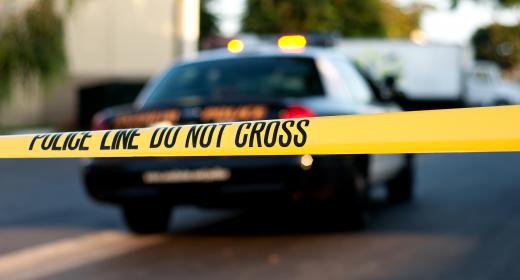What Is Forensic Archaeology?
Forensic archaeology is the process of investigating a crime scene through the use of an archaeological type of approach. By digging up the area of a suspected crime scene, the forensic archaeology team is able to sift through piles of earth in an attempt to isolate and identify a single piece of evidence. Grave sites, burned buildings and other natural areas such as fence lines are common areas that a forensic archaeology team might investigate in search of clues and evidence. Police departments will occasionally employ a forensic archaeology team to attempt to recreate a crime scene by sifting through the area, much like an archaeological dig is conducted when searching for prehistoric civilizations, dinosaurs and buildings.
The task of a forensic archaeology scientist is often to eliminate items found within a crime scene from being related to the crime. By removing unrelated items from a crime scene, it typically becomes slightly easier to reconstruct the crime. Every unrelated piece of evidence that cannot be successfully eliminated from the crime scene can take up valuable time as investigators attempt to see how it relates to the crime. It is very common for the forensic archaeology team to take longer eliminating items than the actual reconstruction of the actual crime itself.

Much like aging a particular fossil or relic to determine the age of the find, the forensic archaeology scientist is often asked to age a particular crime scene to determine when the crime may have been committed. This is especially true with the identification of unearthed grave sites or found skeletal remains. Rates of decomposition, seasonal vegetation found within the scene, and the depth of the grave site can often be clues to the age, time of year and method of a crime scene. Exposed skeletal remains can often be identified and aged by the amount of sun bleaching that has occurred.

When attempting to prove a time frame for the commission of a crime, a prosecutor will commonly rely on the expert testimony of a forensic archaeology scientist. The scientist is able to give credible testimony concerning the evaluation of the crime scene, the age of the crime scene and other items recovered from the crime scene that might relate to the crime. Similar to the methods used by archaeologists to gain an understanding of primitive or prehistoric life, forensic archaeology is often able to build a realistic and three-dimensional picture of an otherwise flat and often unnoticeable crime scene.
AS FEATURED ON:
AS FEATURED ON:














Discuss this Article
Post your comments